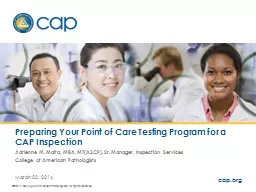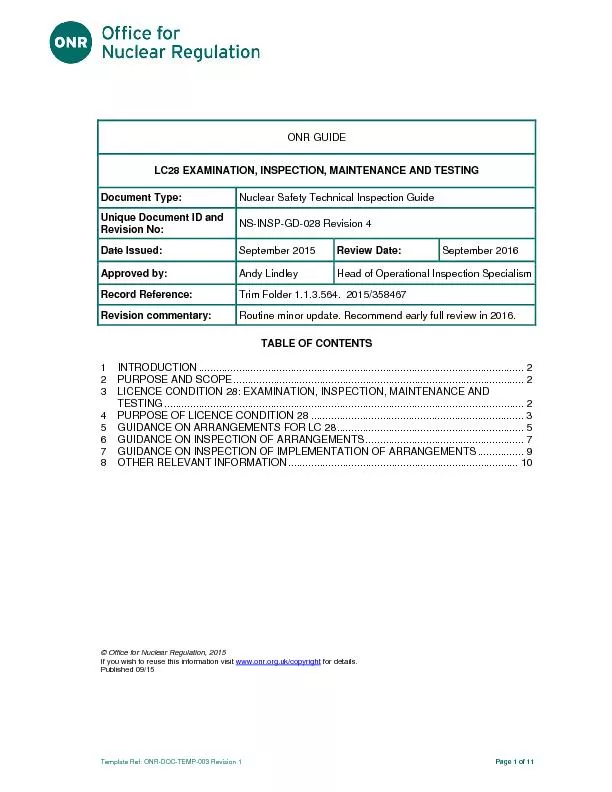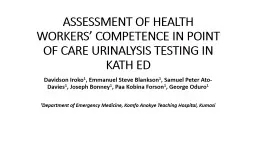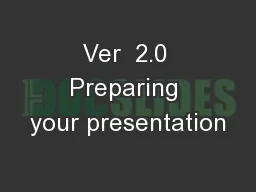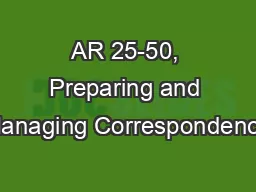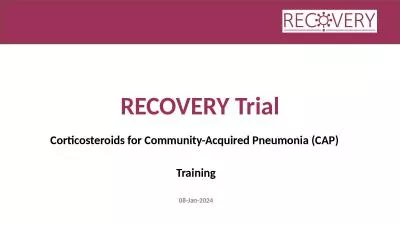PPT-Preparing Your Point of Care Testing Program for a CAP Insp
Author : jane-oiler | Published Date : 2015-09-22
Adrienne M Malta MBA MTASCP Sr Manager Inspection Services College of American Pathologists March 20 2014 caporg 2014 College of American Pathologists All rights
Presentation Embed Code
Download Presentation
Download Presentation The PPT/PDF document "Preparing Your Point of Care Testing Pro..." is the property of its rightful owner. Permission is granted to download and print the materials on this website for personal, non-commercial use only, and to display it on your personal computer provided you do not modify the materials and that you retain all copyright notices contained in the materials. By downloading content from our website, you accept the terms of this agreement.
Preparing Your Point of Care Testing Program for a CAP Insp: Transcript
Download Rules Of Document
"Preparing Your Point of Care Testing Program for a CAP Insp"The content belongs to its owner. You may download and print it for personal use, without modification, and keep all copyright notices. By downloading, you agree to these terms.
Related Documents

